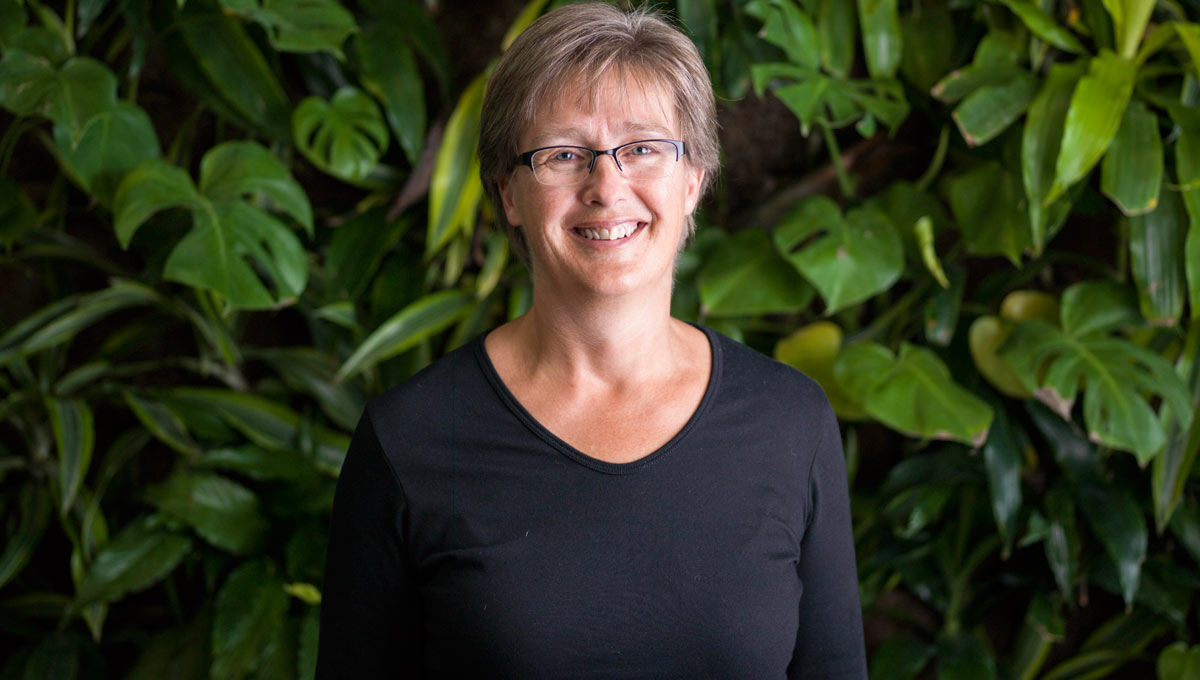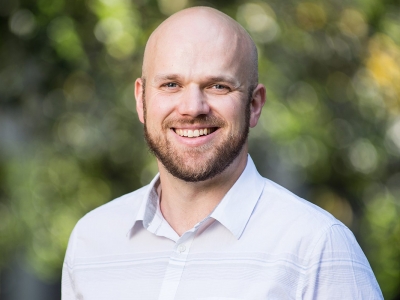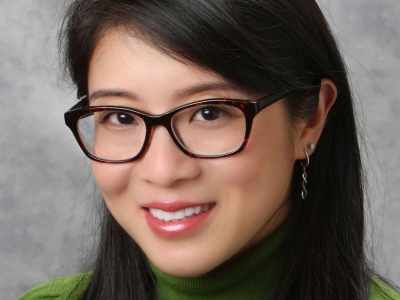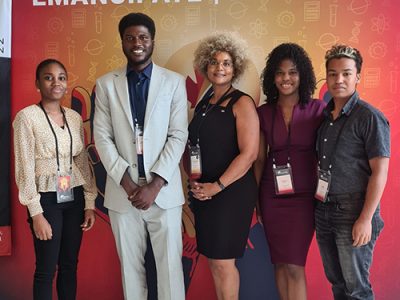By Dan Rubinstein
Photos by Chris Roussakis
At first glance, distinguished Carleton researchers Lenore Fahrig and Donald Beecher appear to have little in common.
She’s a biologist who studies the effects of landscape structure on biodiversity and wildlife populations. He’s an English scholar who specializes in centuries-old prose and drama.
But both Fahrig and Beecher, who were elected into the Royal Society of Canada in early September, are driven by an extremely wide-ranging curiosity — and both have become experts in their respective disciplines while drawing inspiration from external influences and ideas.
“You have to be open-minded and be able to step back and notice things that you might not otherwise see,” says Fahrig, who, along with Carleton Prof. Emeritus Gray Merriam, is credited with introducing the concept of habitat connectivity.
“When you’re doing a project, you think it’s about something, and then you see something unexpected and the research changes direction. That’s what keeps this work exciting.”
Pioneers in the field
of landscape ecology
Fahrig first came to Carleton in 1981 to do a master’s degree with Merriam, Canada’s preeminent landscape ecologist and one of the founders of the field. They used the term “habitat connectivity” in a co-authored paper published in 1985, part of her research that concluded mice populations have a better chance of surviving if they live in patches of forest that are linked together by hedgerows than if they live in habitat isolated by farm fields or urban development.

Fahrig, whose work combines simulation modelling and field study, shifted to butterflies while doing a PhD at the University of Toronto.
“The butterflies I studied didn’t use habitat corridors,” she says. “I realized I couldn’t take one type of population model and slap it onto everything.”
While doing a post-doc in Virginia, Fahrig switched species again and started looking at coastal dune plants. “You don’t necessarily want to become an expert on one particular taxonomic group of organisms. It’s good to be aware of a range of populations, and of different ways of viewing spatial landscape patterns.”
Following her post-doc, Fahrig worked in Newfoundland for two years as a research scientist with Fisheries and Oceans Canada, using existing data on cod and redfish to do more population modelling, then joined Merriam in Carleton’s biology department.
Carleton lab explores impacts
of roads on wildlife
Her lab, which usually includes 10 or so graduate students and a post-doc or two, has evolved over the years, developing an expertise in the effects of human activities such as road networks and farmland patterning on wildlife populations, as well as mitigation measures to limit negative impacts on species.
But some things have remained constant, including the weekly lab discussions that Merriam had started decades earlier.
Fifteen to 20 people generally show up for these conversations, which are open to anybody from the community. “It’s good for graduate students to be interacting with different types of people,” says Fahrig, noting that government researchers often attend, “so we don’t get lost in our own specific projects.”
Illustrating this point, Fahrig is currently working on a paper that could overturn conventional thinking about habitat conservation. Our default is to believe that a couple of large chunks of land will support wildlife populations better than the same volume of habitat dispersed into many smaller parcels. But after working on a major review of landscape ecology literature, she argues that the opposite is true.
Ultimately, says Fahrig, it’s not the spatial distribution of habitat that matters — the total volume is much more significant.
Celebrating 50 years at Carleton
Beecher, who will celebrate his 50th year at Carleton in 2017, has a dizzyingly diverse list of interests: beyond early English prose fiction and Renaissance drama, he explores folklore and looks at literature through the lens of cognitive science.
His most recent published book, Adapted Brains and Imaginary Worlds: Cognitive Science and the Literature of the Renaissance, “touches upon cognitive definitions of memory, the self, suspense, analogy, the psychology of conversion, laughter, crying, and the evolutionary origins of certain of the most basic aspects of our natures, without discounting their cultural and social shaping.”

Beecher’s interest in this area began about a dozen years ago, when he picked up one of his daughter’s psychology books, modern philosopher Daniel Dennett’s meditation on the meaning of consciousness.
“We’re aware of ourselves thinking,” says Beecher, “and we make sense of the world by putting ourselves at the centre of our own narratives.”
This idea, he realized, has a relevance when one looks at the way people respond to literary texts. “We process fictional characters and real people in a different way, but we see both as human beings. For readers, fictional characters do exist, because our brains don’t have any other capacity for processing them. We worry about them and we cry over them — they’re not just words on a page.”
Analyzing our response to these characters offers insight into how our minds work — how we make decisions, how we make mistakes — and, ultimately, opens a window into human nature (or, as Beecher says, “the phylogenetic dimensions of the human condition”).
Beecher’s research and writing on this subject, which will take him to conferences in Taiwan, Australia, Los Angeles and Chicago over the next seven months, is informed by conversations with Carleton faculty members in other fields, including cognitive scientist Jim Davies.
“I think it’s vital,” Beecher says about such cross-pollination. “This is the way we make the most interesting steps forward, by bringing different types of research together.”
Carleton Renaissance scholar
is a Renaissance man
In addition to this pursuit, Beecher has also translated the lost Gian Lorenzo Bernini play The Impresario from Italian into English for performances at Princeton University, the National Gallery of Canada and Carleton’s Architecture Building; he has written, edited and contributed to dozens of anthologies and scholarly papers; he has released three musical recordings featuring his performance on viola da gamba; and he has displayed his collection of shells from around the world at the MacOdrum Library.
“I’m a very nervous individual,” he says. “I get bored quickly, so I usually have three or four different projects on the go.”
Beecher is looking forward to meeting and mingling with fellow members of the Royal Society of Canada when he and Fahrig are formally inducted in mid-November. It represents another opportunity to be engaged in “public intellectual discourse.”
For Fahrig, joining the society is a chance to follow a new path without knowing where it might lead.
Monday, September 19, 2016 in Arts and Social Sciences, Faculty of Science, Research
Share: Twitter, Facebook



